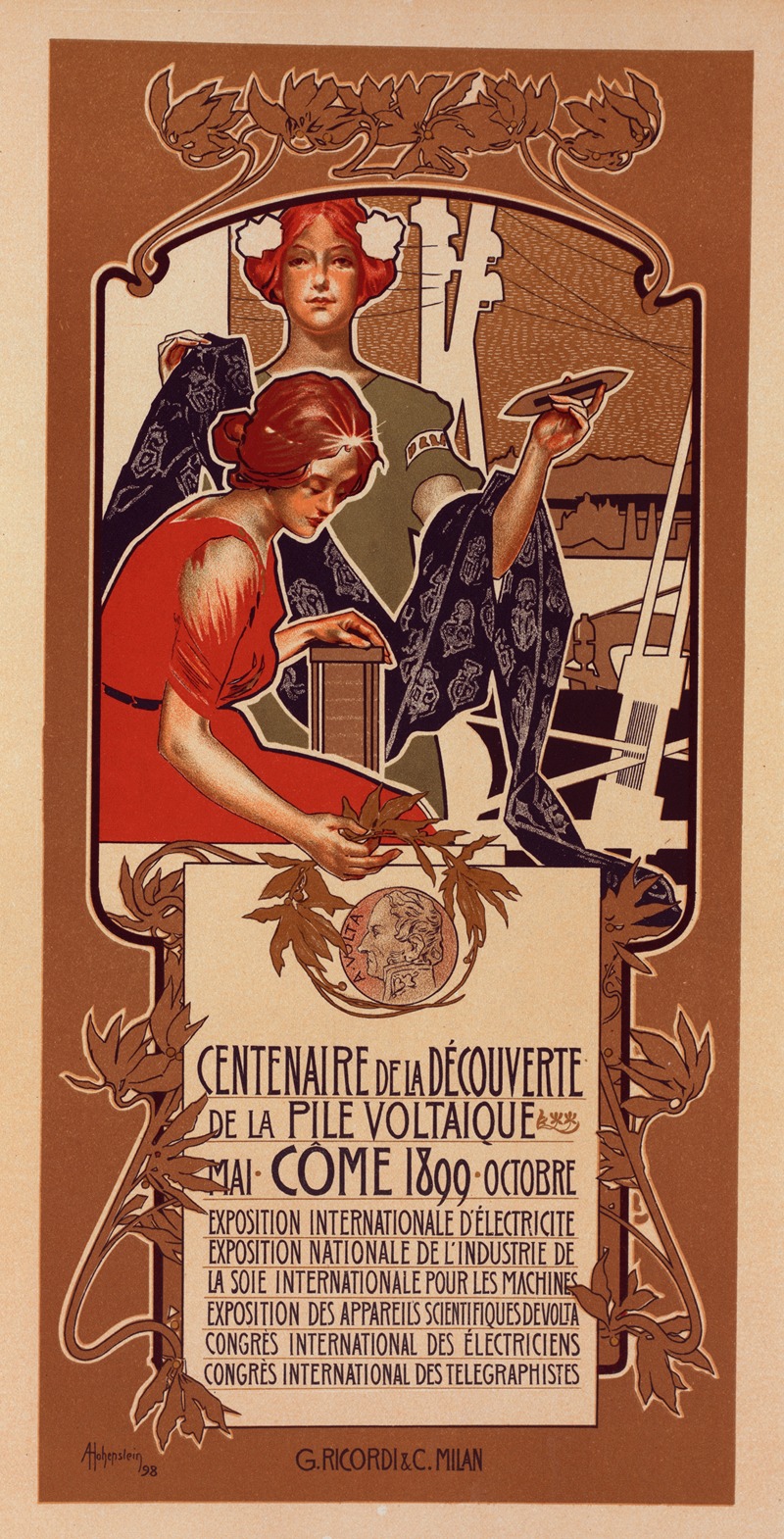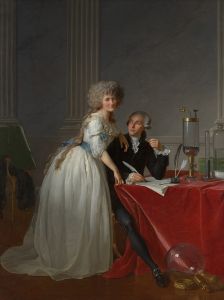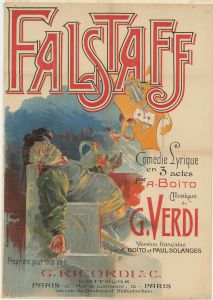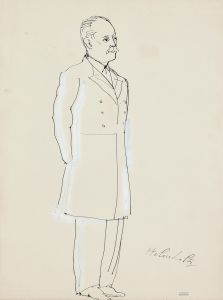
Centenaire de la Découverte de la Pile Voltaïque
A hand-painted replica of Adolfo Hohenstein’s masterpiece Centenaire de la Découverte de la Pile Voltaïque, meticulously crafted by professional artists to capture the true essence of the original. Each piece is created with museum-quality canvas and rare mineral pigments, carefully painted by experienced artists with delicate brushstrokes and rich, layered colors to perfectly recreate the texture of the original artwork. Unlike machine-printed reproductions, this hand-painted version brings the painting to life, infused with the artist’s emotions and skill in every stroke. Whether for personal collection or home decoration, it instantly elevates the artistic atmosphere of any space.
Adolfo Hohenstein's Centenaire de la Découverte de la Pile Voltaïque is a poster created in 1899 to commemorate the 100th anniversary of Alessandro Volta's invention of the voltaic pile, the first electrical battery. Hohenstein, a German-Italian painter, illustrator, and graphic designer, is widely regarded as one of the pioneers of modern poster art and a leading figure in the Art Nouveau movement in Italy. This work reflects the artistic and cultural trends of the late 19th century, combining scientific celebration with the decorative aesthetics characteristic of the period.
The poster was commissioned for the centennial celebration of Volta's groundbreaking invention, which marked a pivotal moment in the history of science and technology. The voltaic pile, invented in 1799, was the first device capable of producing a steady and continuous electric current. This invention laid the foundation for the development of modern electrical science and technology, influencing countless innovations in the years that followed.
Hohenstein's design for the poster is notable for its intricate composition and symbolic elements. It features allegorical figures and motifs that highlight the significance of Volta's contribution to science. The central figure, often interpreted as a personification of electricity or scientific progress, is surrounded by decorative flourishes and elements that evoke the themes of energy and innovation. The use of vibrant colors and flowing lines is characteristic of the Art Nouveau style, which sought to harmonize art with nature and modernity.
The poster was likely intended for public display during events and exhibitions celebrating the centenary of Volta's invention. Such commemorations were common in the 19th century, as they served to honor scientific achievements and promote national pride. Alessandro Volta, an Italian physicist, was a prominent figure in the scientific community, and his work was a source of inspiration for both his contemporaries and future generations.
While Centenaire de la Découverte de la Pile Voltaïque is primarily recognized as a piece of graphic art, it also serves as a historical artifact that reflects the intersection of science, art, and culture at the turn of the 20th century. The poster exemplifies Hohenstein's skill as a designer and his ability to convey complex ideas through visual symbolism. Today, it is appreciated both for its artistic merit and its historical significance in commemorating one of the milestones in the history of electricity.


















